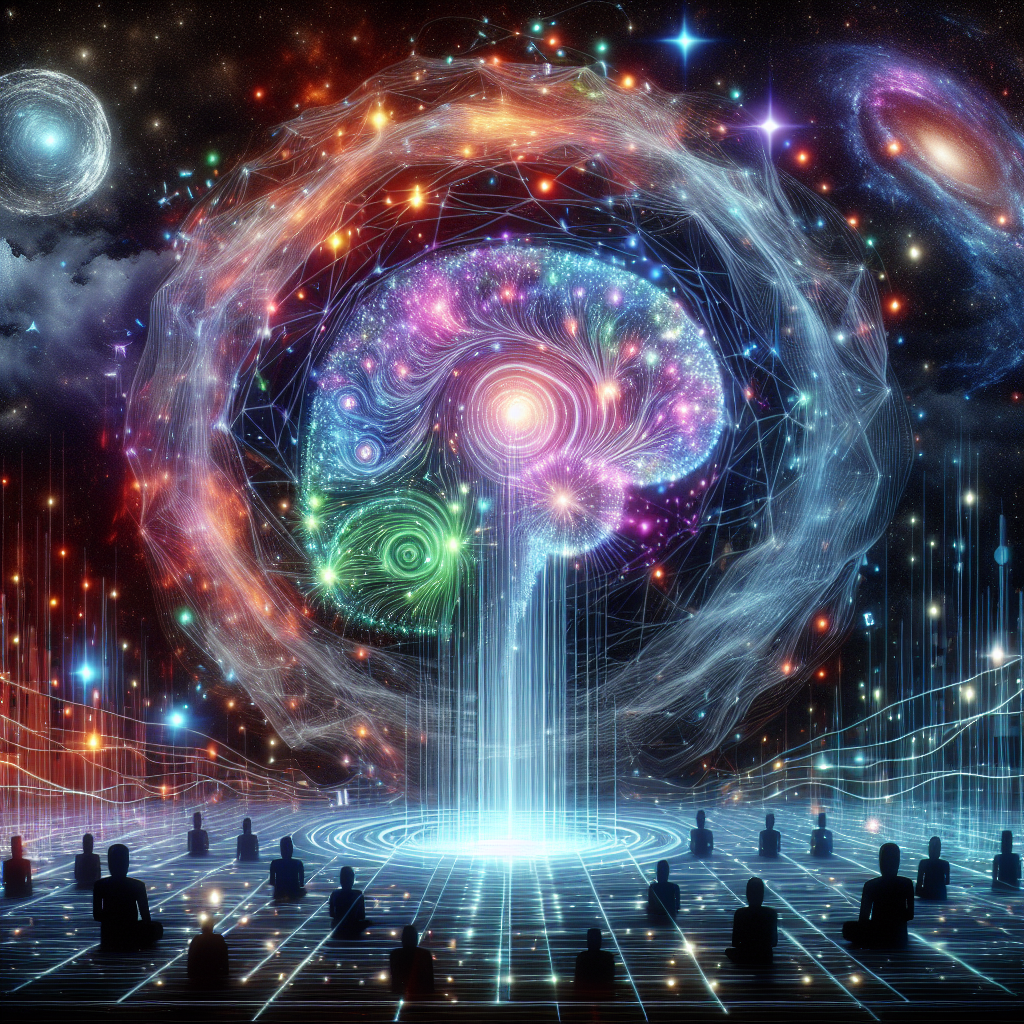The Evolution of Generative Video AI: Understanding the Technological Leap
The field of artificial intelligence is undergoing a transformative change, especially in the domain of generative video AI. Recent updates from leading companies have signaled a massive leap forward in AI video generation's capabilities and accessibility. These developments hold the promise of revolutionizing how we create, interact with, and disseminate video content. In this analysis, we'll delve into the advancements, exploring the practical applications and potential impacts on various industries.
Pioneers of Generative Video AI
Stability AI has been a prominent name in the AI sphere, extensively known for their open-source image generation technology, Stable Diffusion. This technology has been the powerhouse behind many top AI apps for text to image conversions, such as Leonardo AI, Dream Studio, and Clip Drop. Stability AI's decision to make their technology open-source is not just a move for transparency and inclusivity; it's a strategic pivot that democratizes AI, enabling widespread innovation across the globe.
Stability AI's Stable Video
The introduction of Stable Video by Stability AI is set to infuse the AI landscape with new possibilities. By extending their prowess in image generation to the realm of video, Stability AI is not just scaling up their technology—it's about scaling out to a burgeoning ecosystem of applications and services. The significance lies not only in the technological sophistication but also in the potential it unlocks for creators, developers, and businesses alike.
The technology has garnered substantial interest, evidenced by the influx of views on company websites like Leonardo, which boasts a staggering 15 million views a month. The anticipation for what Stable Video will bring to the table is palpable, as is the eagerness of the user base to get their hands on the app, a sentiment reflected in the burgeoning waitlist for the application.
Breakthroughs in Real-Time AI
Stability AI has also rolled out 'Turbo' under the moniker SDXL Turbo—Stable Diffusion Turbo—elevating the text-to-image generation process to near-instantaneous results. This iteration marks a significant milestone in real-time generative AI. Clip Drop's incorporation of Turbo exhibits the noteworthy speed of generation, albeit with some trade-offs in image quality under rapid sequential requests.
Runway's Innovative Approach
Another disruptor in the generative video AI space is Runway. Its platform, particularly the Gen 2 tool, features an innovative 'motion brush' technology that allows users to animate parts of an image, thereby creating vivid and dynamic content from static visuals. This fine-grained control over video elements represents a leap in customizability and user interaction.
Runway's motion brush is not just a novelty; it's a powerful tool that simplifies complex video editing tasks, making them more accessible to a wider audience. Runway's valuation at $1.5 billion underscores the market's confidence in their vision and technology, suggesting that they are a major player to watch as they continue to refine their offerings.
P Labs and Pika 1.0
P Labs is making waves with their introduction of Pika 1.0, a platform that promises to blur the lines between video editing and generative AI. Their demonstration reel showcases impressive capabilities that include live edits on video akin to what one might accomplish with Photoshop on images. With Pika transitioning from Discord to a web-based model, accessibility and ease of use are poised for a significant boost.
The transition of Pika to a web-based model is a strategic move to accommodate a broader user base. Many potential users who might find Discord inconvenient will now be able to access the service directly from a web browser, further expanding P Labs' reach.
Industry Implications and Future Outlook
As we witness these strides in generative video AI, it's essential to consider the broader implications for industries such as filmmaking, advertising, and content creation. These technologies have the potential to lower barriers to entry, streamline workflows, and empower creators with new tools for expression and innovation.
However, it is crucial to approach these advancements with a critical lens. While the promise of enhanced creativity and efficiency is enticing, questions around the ethical use of AI, the potential for deepfakes, and copyright concerns need careful consideration.
The future of generative video AI is brimming with potential, and we are merely at the threshold of what's possible. As companies continue to refine their offerings and new players emerge, we can expect an exciting trajectory of growth, experimentation, and application across myriad domains.
In conclusion, the updates from Stability AI, Runway, and P Labs are a testament to the rapid growth and thrilling potential of generative video AI. These advancements are not just technical milestones; they are catalysts for creativity and innovation that will shape the landscape of video production and AI technology.
Further Reading on Generative Video AI
Exploring the Impact of AI on Creative Industries
Related News
- The Accelerating Pace of AI Video Technology: An In-Depth Analysis
- Unleashing the Future of AI Video Generation: Innovations and Implications
- The Exciting Evolution of AI Image and Video Generation: A Deep Dive
- The Evolving Landscape of AI Video Generators: A Comprehensive Analysis
- The Dawn of a New Era in AI Video Generation
